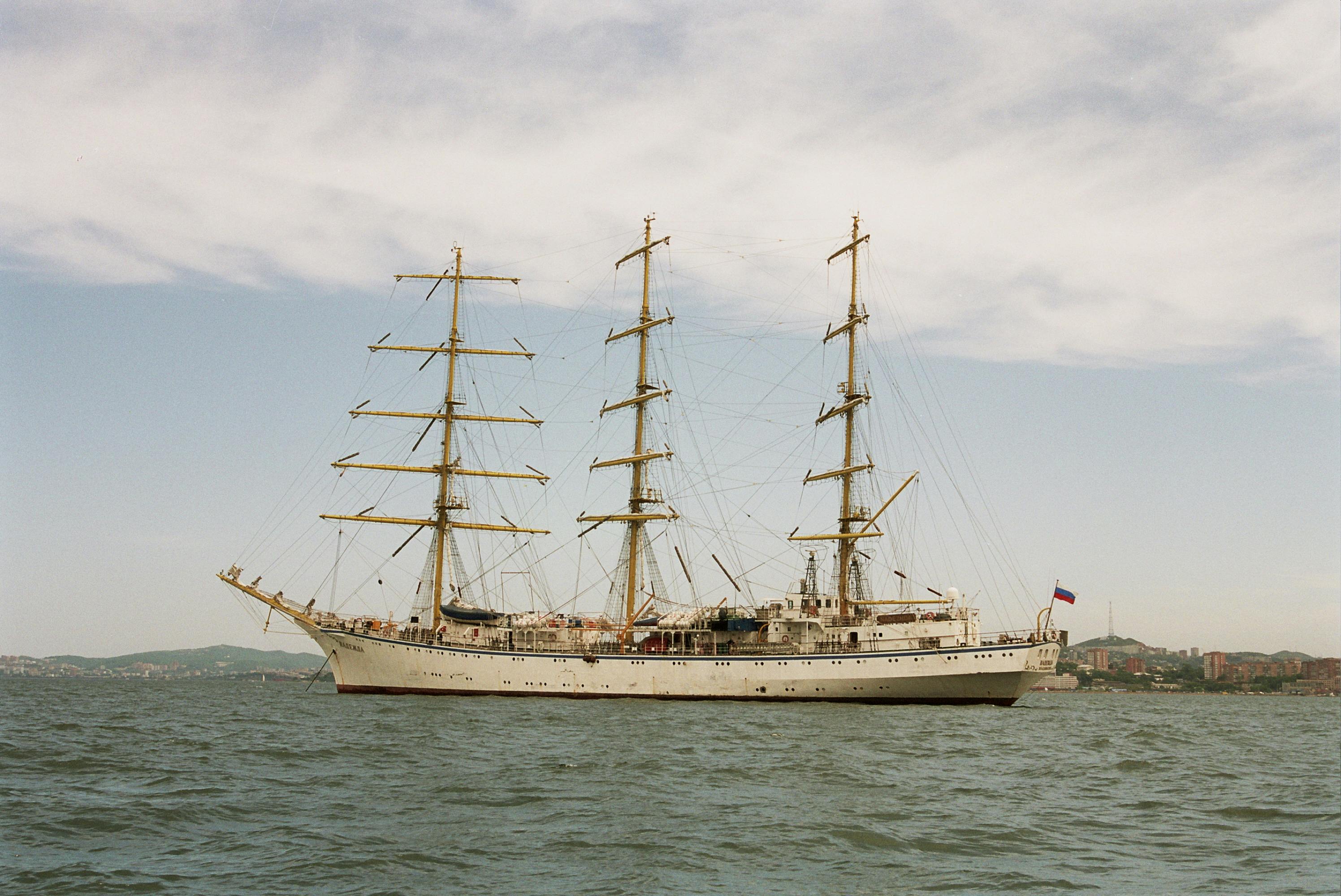

The Andrew Jackson clipper ship card shown here advertises an 1861 departure, and bears an excellent likeness of Jackson the President.

Soldiers agreed that Jackson was "tough as old hickory," thereby giving Jackson the nickname "Old Hickory." Of course, the Battle of New Orleans need not have been fought-the Treaty of Ghent had ended the War of 1812 two weeks earlier, but the news had not reached the front in Louisiana. Jackson easily defeated Adams and won re-election in 1832 over Henry Clay.Įarlier, Jackson had commanded American troops in their victory over the British in the Battle of New Orleans at the conclusion of the War of 1812. Jackson again stood for President in 1828, this time as the first-ever candidate of the Democratic Party. It was therefore up to the House of Representatives to choose a President, and they went with John Quincy Adams. During his first run for the Presidency in 1824, Jackson received a plurality-but not a majority-of both the popular and electoral votes. Jackson was the seventh President of the United States, serving two terms between 18. Both the man and the ship enjoyed their share of history-and even controversy. The name Andrew Jackson is immediately recognizable to most Americans today, and it was even more so in 1855 when the clipper ship of the same name left New York on its first voyage to San Francisco. From the database's main page, select "Ship Cards" and set sail.Īs an example of the knowledge you can glean from studying clipper ship cards, we'll focus on just one thematic aspect: images of American historical figures.
Clipper ship series#
To verify this, peruse the nearly 400 cards in the American Antiquarian Society's diverse collection, available in the Readex digital edition of American Broadsides and Ephemera, Series I. While not all clipper cards were illustrated, many were, using a wide variety of dramatic images, including ships, knights, women, Native Americans, famous people, patriotic imagery, animals and landscape scenes. Ironically, the clipper ship industry was in decline for most of this period, and few cards were printed after about 1870. The quality of clipper ship card design and printing increased from the late 1850s right through the 1860s. Shipping managers sent cards by private courier to commission merchants and exporters and posted them in any place that might catch the eye of a potential customer. These cards were usually printed with a combination of letterpress and wood engraving on sturdy enameled card stock. In the mid-1850s, as the clipper industry became more competitive, clipper ship sailing cards replaced newspaper advertisements and broadsides as the preferred advertising medium. When gold was discovered in California in 1848, the ensuing demand for speedy transit truly brought the clipper into its own. Beginning in the 1840s, these beautiful sailing ships plied the seas, bringing goods and people from coast to coast and often to other countries. Most of us are familiar with clipper ships, if only from Currier & Ives prints.


 0 kommentar(er)
0 kommentar(er)
